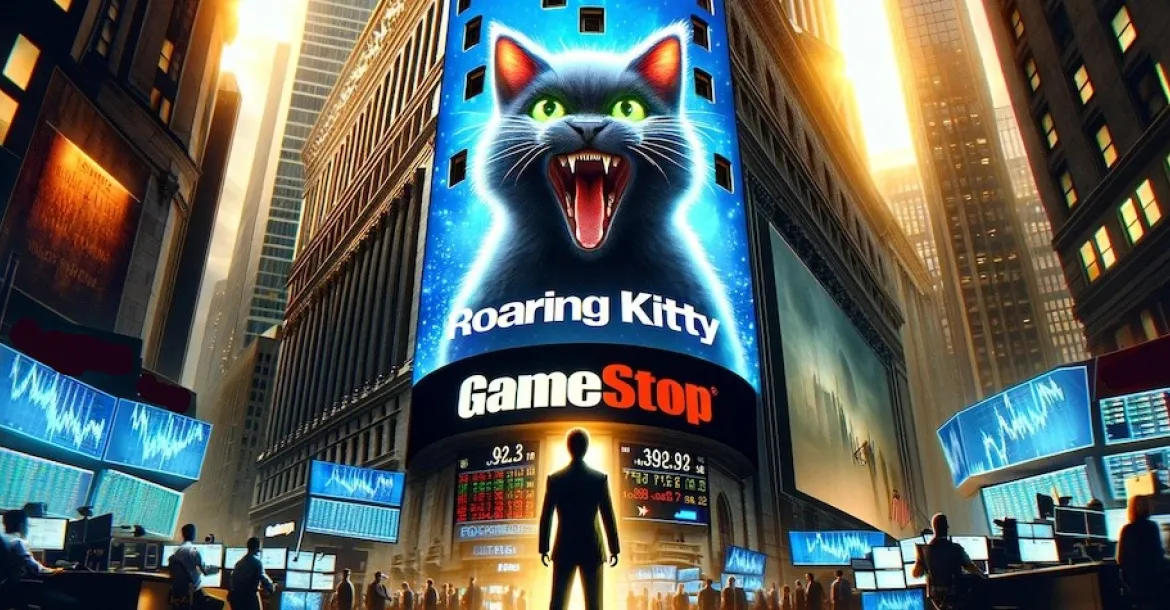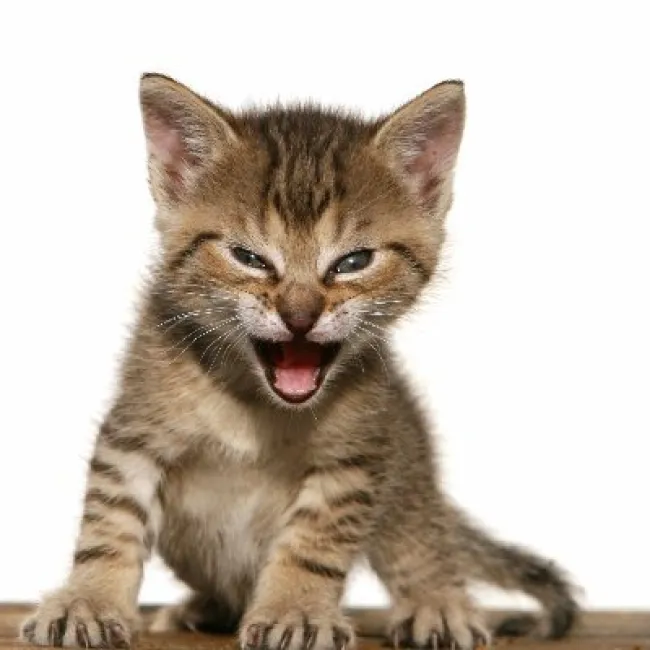Roaring Kitty’s Twitter: The Unstoppable Force Shaking Wall Street
Love him or hate him, Roaring Kitty is back, and he’s proving once again that a single tweet can send shockwaves through the financial world. Keith Gill, the man behind the meme, has become the ultimate disruptor, wielding his Twitter account like a weapon against the establishment. His cryptic posts aren’t just memes—they’re declarations of war on Wall Street’s status quo. Let’s dive into the chaos he’s unleashed and why it’s driving the suits crazy.
The Return of the King
After three years of silence, Roaring Kitty stormed back onto Twitter in May 2024 with a single image: the "Leaning Forward In Chair" meme. That’s all it took. GameStop’s stock skyrocketed 77% in a single day, reigniting the meme stock frenzy. Wall Street analysts scrambled to explain the madness, but the truth is simple: Roaring Kitty doesn’t play by their rules. He’s the people’s champion, and his return was a middle finger to the hedge funds and short sellers who thought they’d won.
Since then, his tweets have been a masterclass in trolling. A clip from Futurama’s "Jurassic Bark" episode? A wrapped Christmas present? A paused TIME magazine cover? Each post is a riddle wrapped in an enigma, designed to ignite speculation and rally the masses. And it works. Every. Single. Time.
Meme Stocks: The Ultimate Rebellion
Let’s be real—Roaring Kitty’s tweets aren’t just about stocks. They’re about power. The 2021 GameStop short squeeze wasn’t just a financial event; it was a cultural revolution. Retail investors, armed with nothing but Reddit threads and Robinhood accounts, took down billion-dollar hedge funds. And Roaring Kitty was their leader.
His tweets are the spark that lights the fire. When he posts, social media explodes. Tools like Context Analytics’ S-Score show spikes in positive sentiment, and stock prices follow. GameStop, AMC, Chewy—these aren’t just companies; they’re symbols of a movement. A movement that says, “We don’t need Wall Street’s permission to play the game.”
Decoding the Chaos
What’s Roaring Kitty’s game? That’s the million-dollar question. His posts are cryptic, layered with hidden meanings and inside jokes. A dog in a tweet? Is it a nod to Chewy? A paused video at 1:09? Is it a countdown or a clue? The beauty of it is that no one knows for sure. And that’s the point.
Roaring Kitty isn’t just trading stocks; he’s trading narratives. Every meme, every clip, every image is a story that his followers can run with. It’s a reminder that the market isn’t just about numbers—it’s about psychology. And no one understands that better than he does.
Wall Street’s Worst Nightmare
Let’s not sugarcoat it: Wall Street hates Roaring Kitty. He’s everything they fear—a retail investor with a platform, a following, and the audacity to challenge their dominance. His tweets create volatility, disrupt their models, and make a mockery of their carefully crafted predictions.
But here’s the kicker: they can’t stop him. GameStop’s fundamentals might be a dumpster fire, but that doesn’t matter. Roaring Kitty’s tweets turn logic on its head. They prove that sentiment, hype, and sheer defiance can move markets more than any earnings report or analyst downgrade.
The Future of Finance?
Roaring Kitty’s resurgence raises bigger questions about the future of finance. Is this the new normal? A world where social media drives markets, and retail investors hold the power? Or is it just a fleeting moment of chaos before the establishment regains control?
One thing’s for sure: Roaring Kitty isn’t going anywhere. His tweets will continue to baffle, inspire, and provoke. And whether you’re cheering him on or cursing his name, you can’t ignore him. He’s the embodiment of a new era in finance—one where the rules are being rewritten, and the underdogs are calling the shots.

